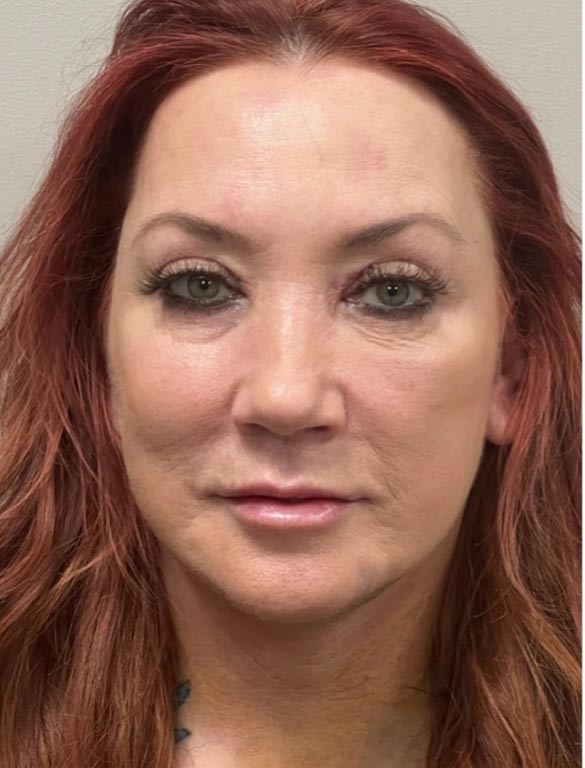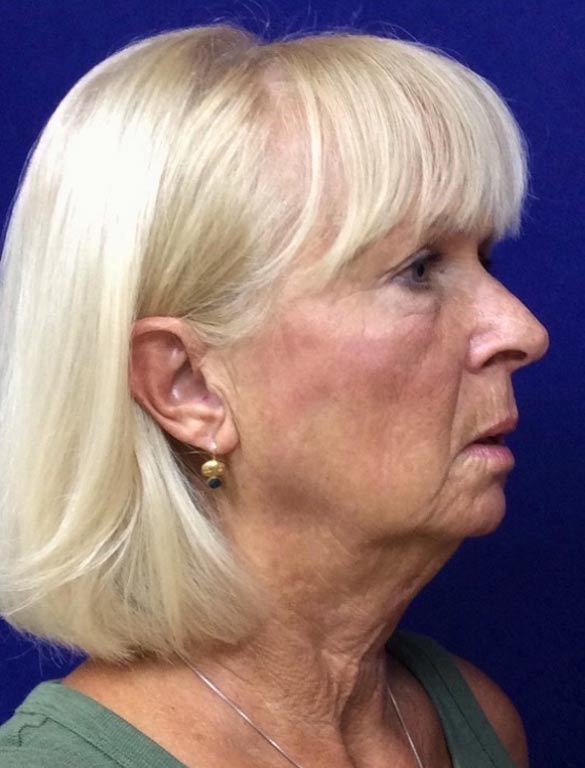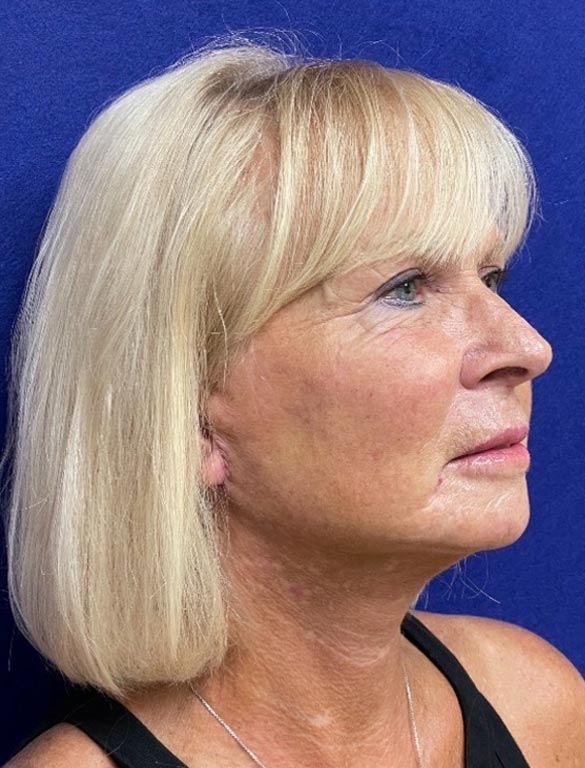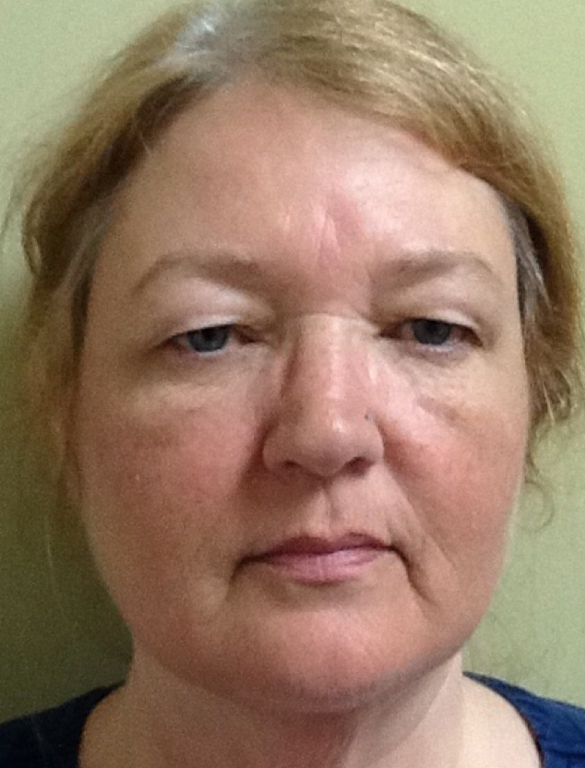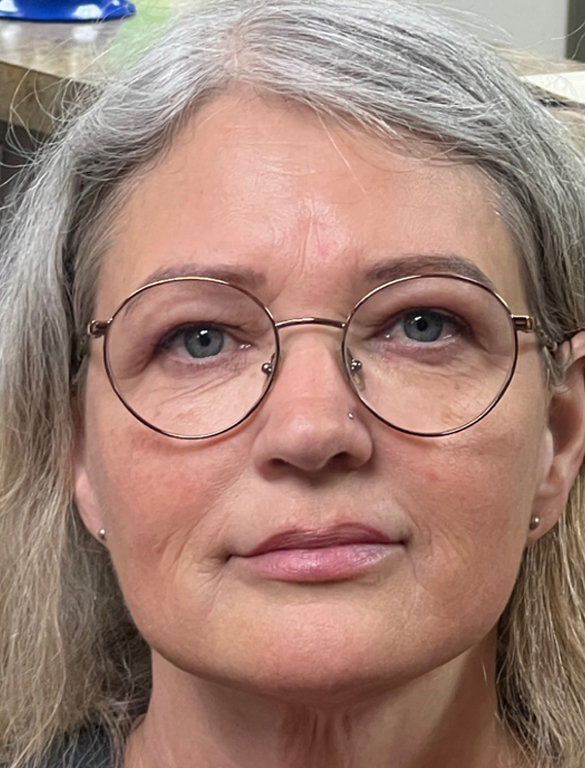Skin Cancer Screening
Conveniently located to serve the areas of Fenton, Sterling, Livonia, MI and San Diego, CA
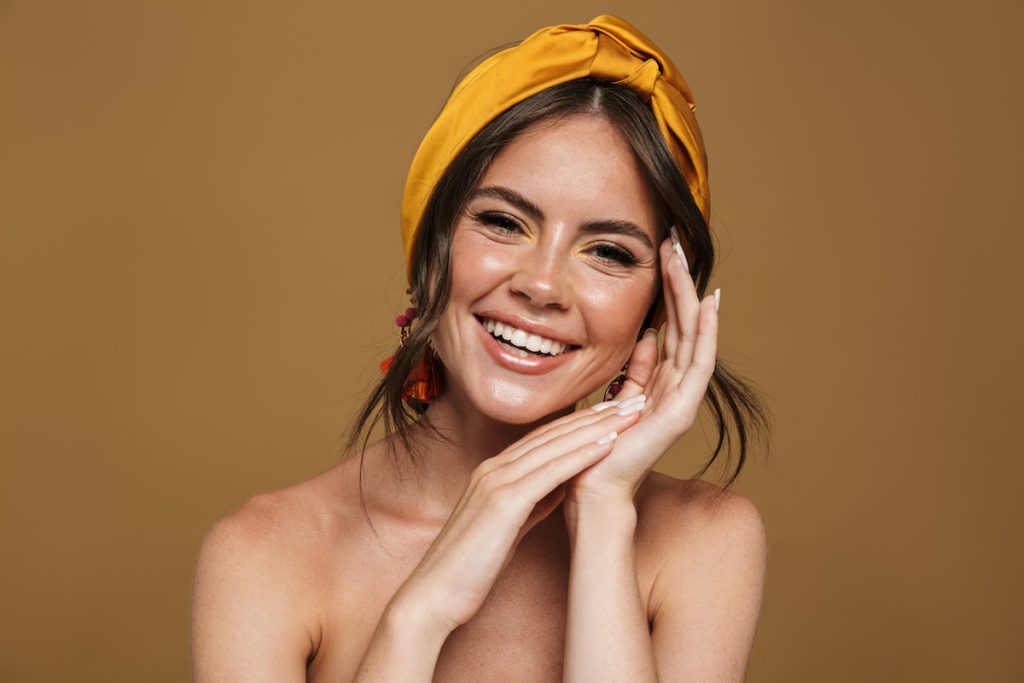
Skin cancer is one of the most prevalent types of cancers. Fair-skinned individuals who easily sunburn have the greatest risk of developing skin cancer.
Other risk factors include:
- Use of tanning devices
- Family history
- Repeated X-ray exposure
- Immunosuppression
- Scarring from burns or disease
- Occupational exposure to coal, tar, or arsenic
If you are in one of these risk groups, it is important to develop a routine to check your body for any skin changes or superficial skin cancer signs. Dermatologists say using the ABCDs of skin cancer is one of the best methods of early detection. Check for the following with any moles or spots during your skin cancer screening:
- Asymmetry: One half is unlike the other
- Border: Irregular, scalloped, or poorly defined border
- Color: Varies from one area to another, shades of tan and brown or black; sometimes white, red, or blue.
- Diameter: While melanomas are usually larger than six millimeters in diameter, they can be smaller.
Contents
Treatment for Skin Cancer Treatment
There are different types of skin cancers including basal cell carcinoma, squamous cell carcinoma, and melanoma. Depending on the type of skin cancer, there are many different types of skin cancer treatment and surgeries available including:
- Simple skin cancer removal and excision
- Curettage and electrodesiccation
- Mohs surgery
- Lymph node surgery
- Cryosurgery
- Photodynamic therapy (PDT)
- Laser surgery
If you notice a mole that looks different or changes, itches, or bleeds, you should contact one of the dermatologists at The Skin & Vein Center immediately. We can also help determine if you are at risk for these types of skin cancers. Call us at 800-400-VEIN to schedule a consultation or speak to one of our dermatologists in person.
We treat all dermatological conditions and perform everything from minor procedures to very advanced procedures including large excisions and Rosacea Treatment. We are also experts in vein treatment. We treat patients of all ages and we accept most insurances.
Photodynamic Therapy
What is Photodynamic Therapy?
Photodynamic laser therapy or PDT is a treatment using drugs called photosensitizing agents in conjunction with light to kill cancer cells. The drugs only work after certain types of light have activated them. PDT is also called phototherapy, photoradiation therapy, or photochemotherapy. Studies have shown that this course of treatment can work as well as radiation therapy or surgery when treating certain kinds of cancers and precancers.
There are many advantages to PDT including:
- No long-term side effects when properly administered
- Less invasive than surgical procedures
- Often only takes a short time, and can be done on an outpatient basis
- Can be precisely targeted
PDT Treatment Process
Depending on the area of the body receiving the treatment, the photosensitizing agent is put either on the skin or into the bloodstream. The drug is then absorbed for a period of time by the cancer cells. This time period is called the “drug-to-light interval” and can last anywhere from a few hours to a few days. After this time period, a light is applied to the area. The light causes a reaction between the drug and oxygen, which creates a chemical that kills the cancer cells.
Photodynamic laser therapy can also help destroy cancer cells by destroying the blood vessels that feed the cancerous cells, as well as alerting the immune system to attack the cancer.
There are limitations to the PDT treatment process. It can only treat areas that can be reached by the light, so it is mainly used to treat problems on or just under the skin. It also cannot be used in patients who have certain blood diseases or have allergies to porphyrins.
The best way to determine if you are a good candidate for PDT processes or other treatments is to discuss this option with a medical professional. At The Skin & Vein Center, we can talk to you about the benefits of this procedure, as well as whether it is a viable treatment for you.
Call us at 800-400-VEIN to schedule an appointmen
Mohs Surgery

New treatments for skin cancer have been evolving rapidly over the past few years. One procedure however, has withstood the test of time — Mohs surgery. Also known as chemosurgery, Mohs surgery is a microscopically controlled surgery procedure used to treat skin cancer. It is usually performed on areas of the body where tissue preservation is important such as the face, hands, feet, and genitals. This procedure was developed in the 1930s, and through refinements in techniques, is being used by an increasing number of surgeons as an effective method of treating skin cancer.
During the skin cancer removal surgery, tissue is taken out and examined for cancer cells. However, Mohs surgery is different from other surgeries because the examination for cancer cells in the tissue occurs during the procedure, rather than after. This eliminates the surgeon having to estimate how far the roots of the cancer go. It also allows the surgeon to take out all of the cancerous cells, while sparing the normal tissue.
During the skin cancer removal surgery, a thin layer of tissue is taken out and examined under local anesthesia. If it is found to be cancer-free, the surgery concludes. If not, additional tissue is taken out and the procedure is repeated until the samples are shown to be clear of cancer.
Mohs surgery in effect eliminates guesswork and produces excellent cosmetic and therapeutic results. The cure rate is between 97% and 99.8% for primary basal cell carcinoma, with similar cure rates for other cancers such as squamous cell carcinoma.
In the past, Mohs surgery was rarely selected to treat melanoma, because of the risk of missing some of the microscopic melanoma cells. However, improvements in the Mohs surgery procedure allow the surgeon to identify melanoma cells using special stains that highlight the cells.
Mohs surgery is also considered a more cost-effective option because there are no separate surgery and histopathological analysis costs.




